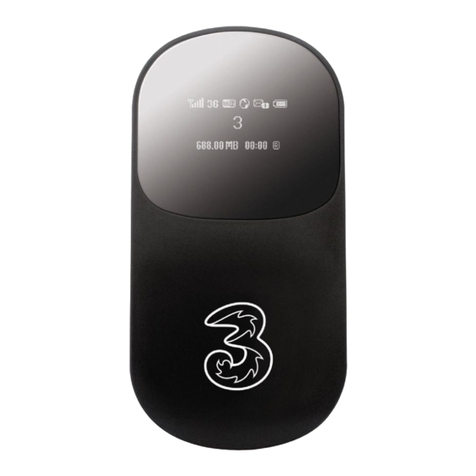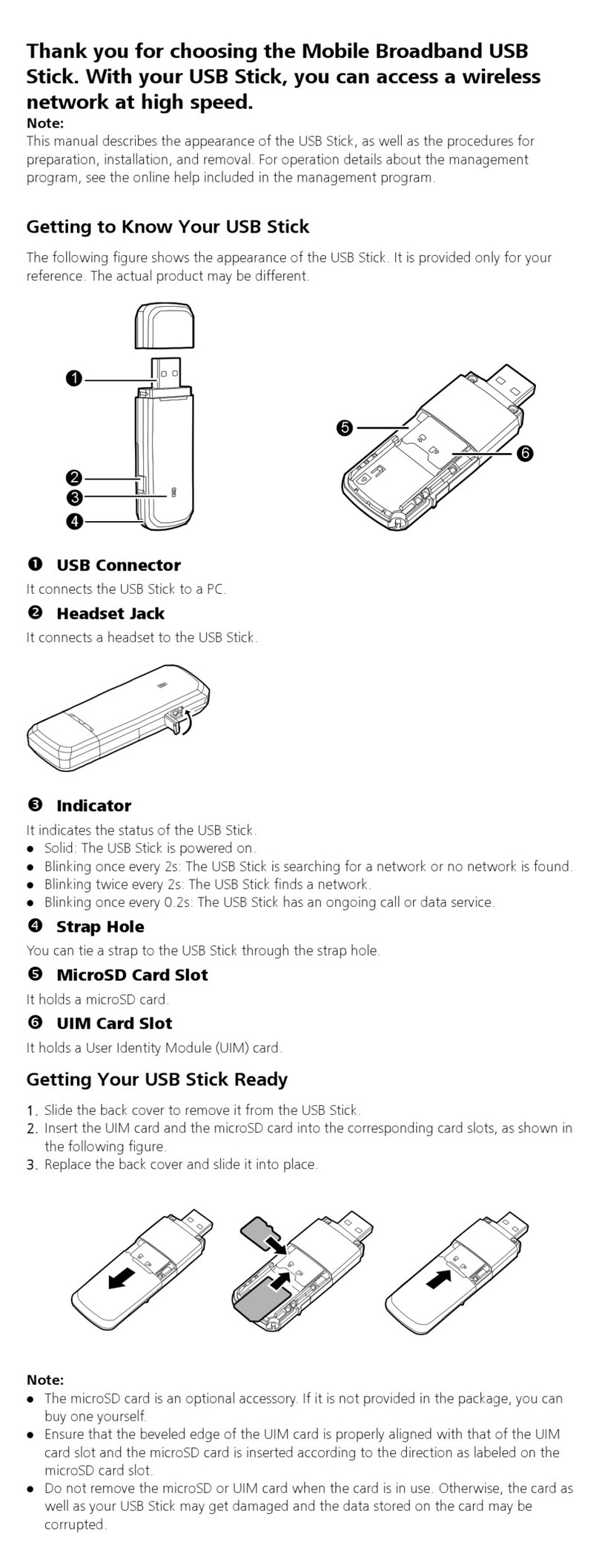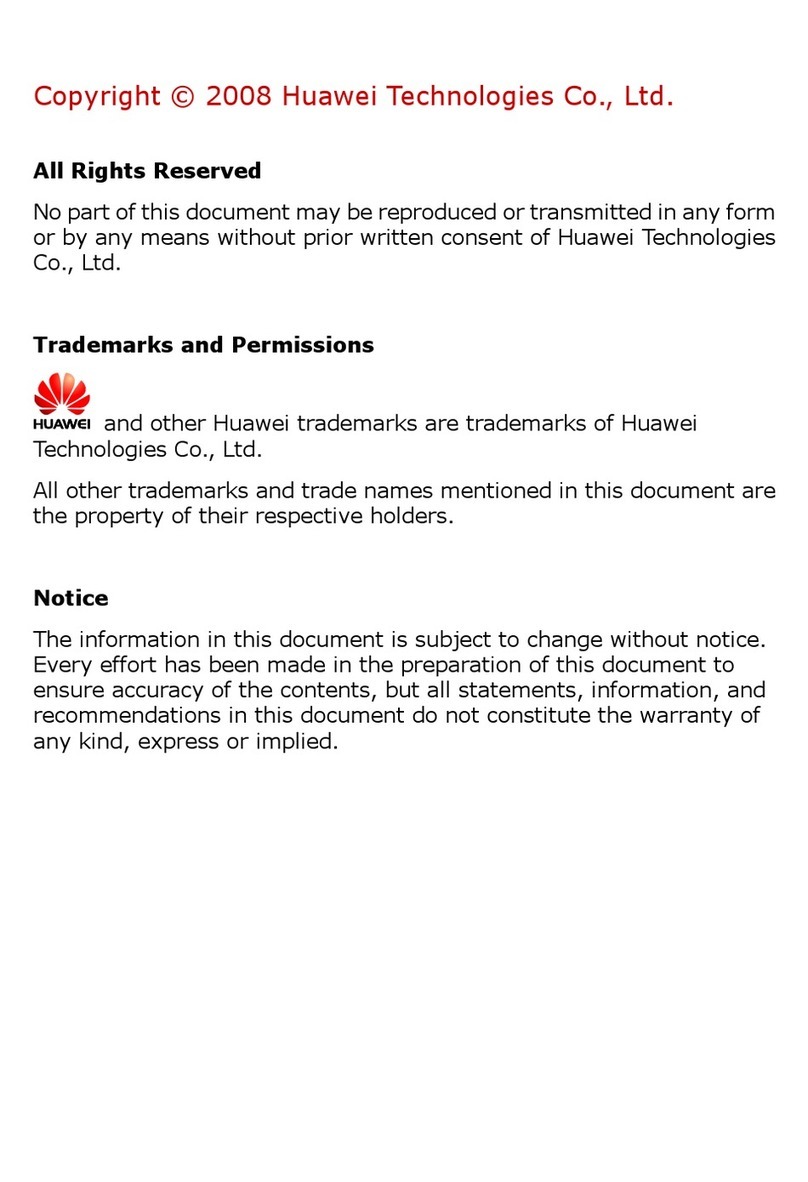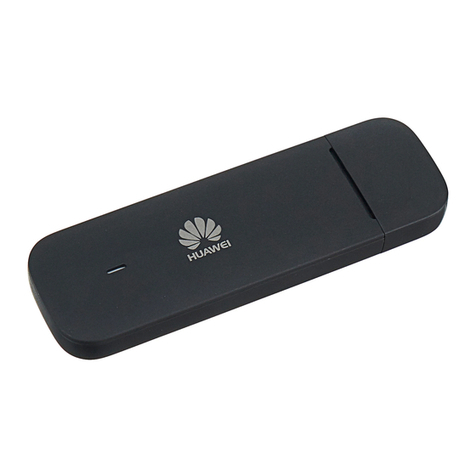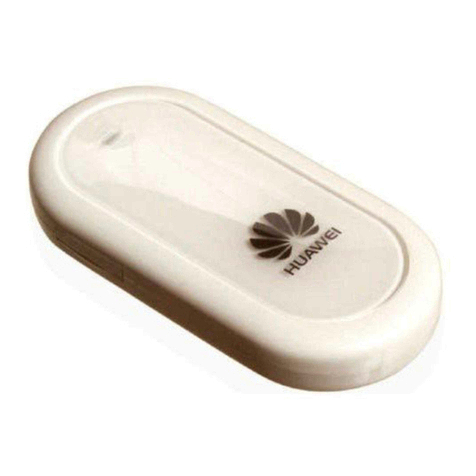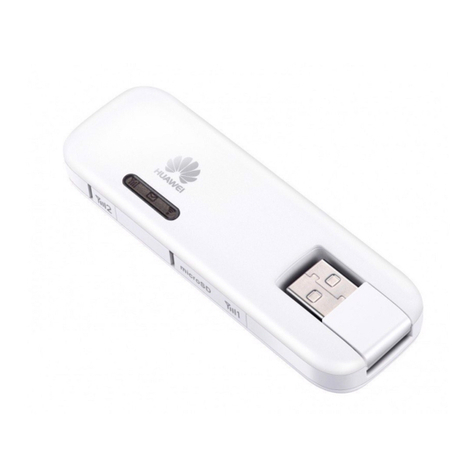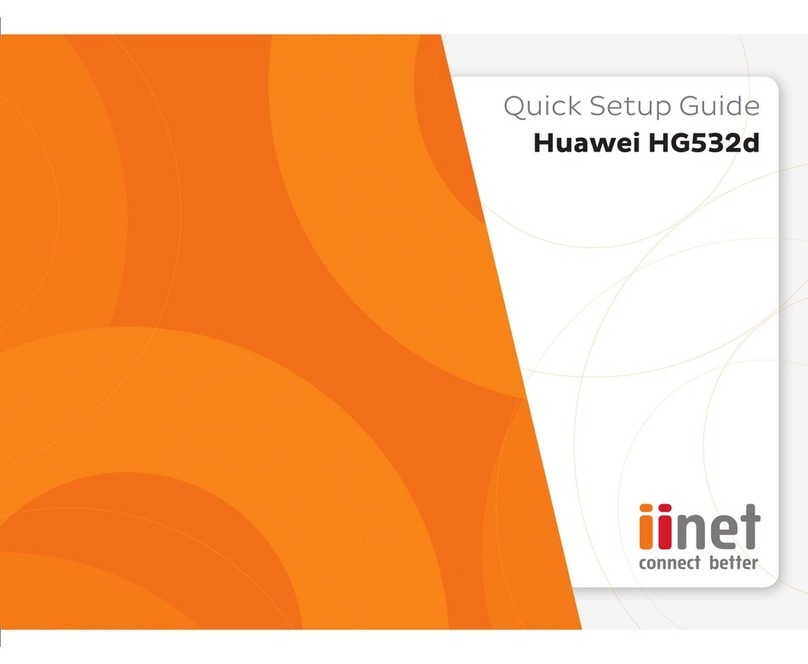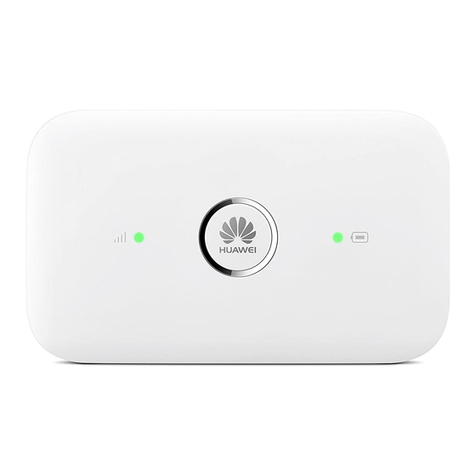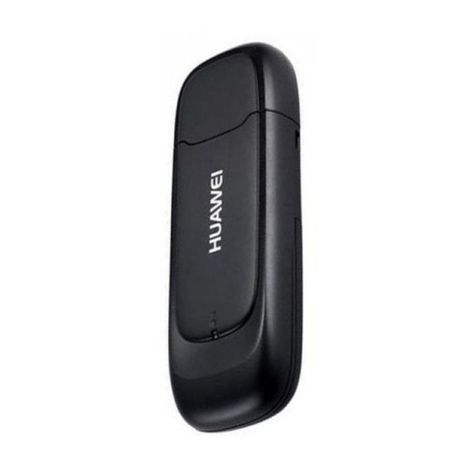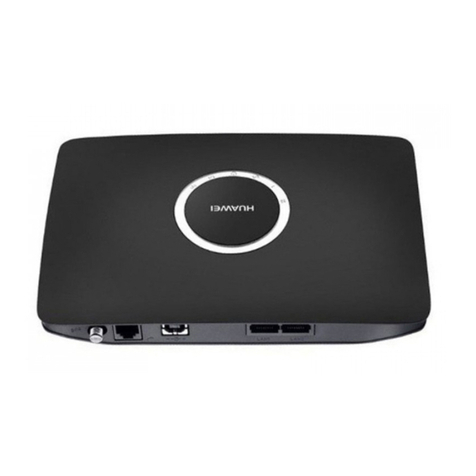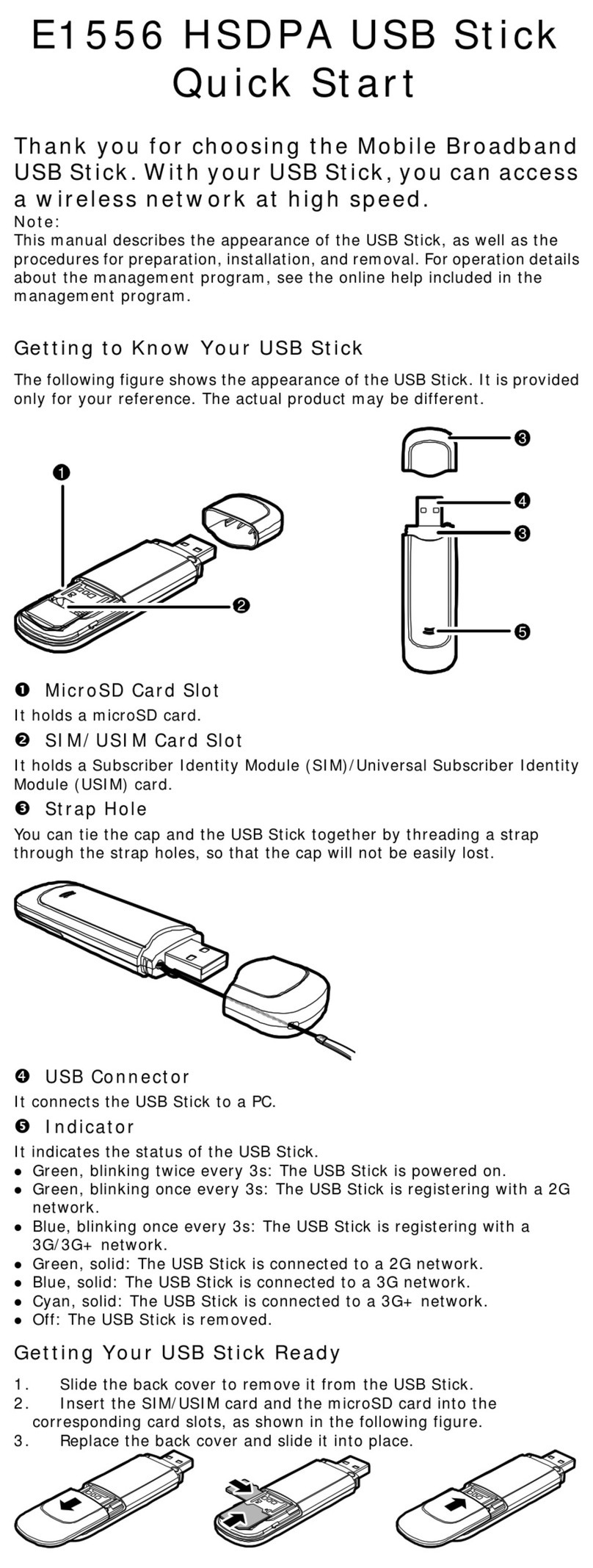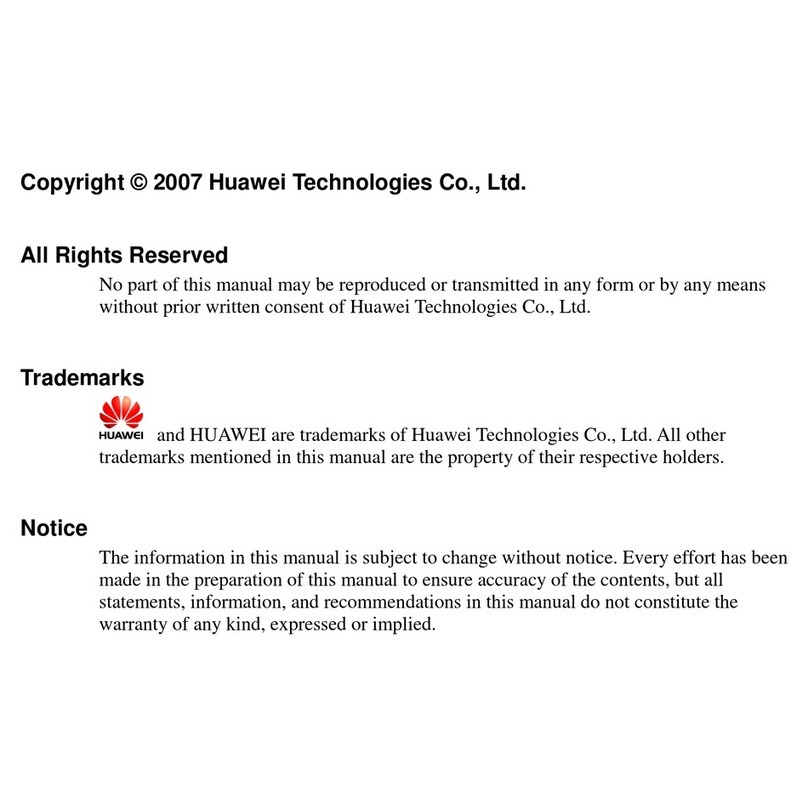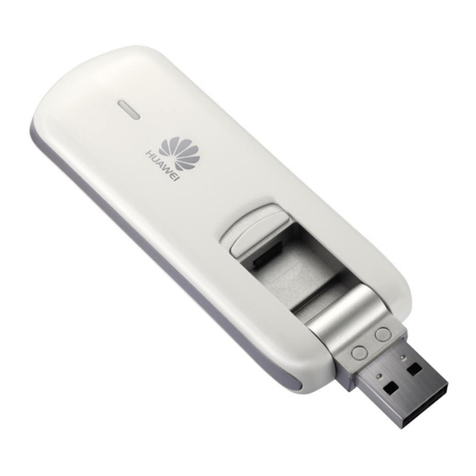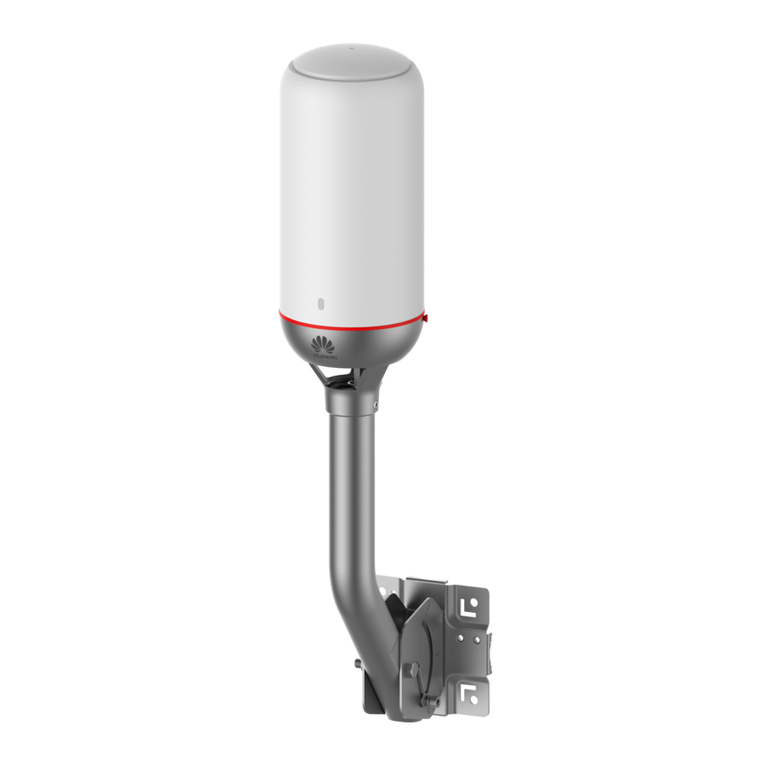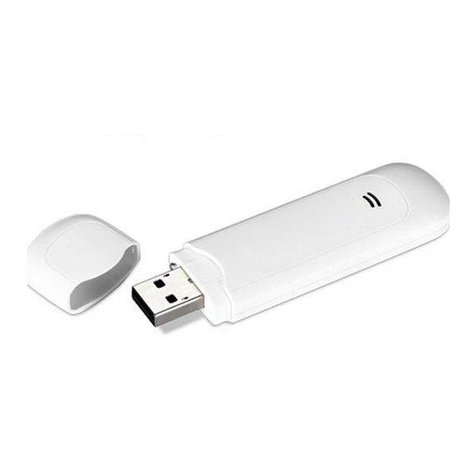7
Warnings and Precautions
Please read the safety information carefully to ensure the correct and safe
use of your wireless device.
General Recommendations for Use
Always handle your wireless device with care and keep it in a clean and
dust-free place. Do not expose your wireless device to open flames or lit
tobacco products.
yAlways keep your wireless device dry.
yDo not drop, throw or try to bend your wireless device.
yDo not paint or scratch your wireless device.
yDo not attempt to disassemble your wireless device. Doing so will void
warranty. Only authorized personnel are allowed to do so.
yUse approved accessories only. Do not connect your wireless device to
any incompatible products.
Laws and Regulations
yDo not operate your wireless device where it may be unsafe to do so or
where you are required not to do so.
yTo deactivate your wireless device, stop all applications using the wireless
device first and then remove the wireless device from your PC.
yObey all local laws, regulations, rules, orders, signs and notices while
using the wireless device. Signs about the use of mobile phones should
also be obeyed as referring to other wireless equipment including wireless
devices provided by Huawei.
Electronic Device
yDeactivate your wireless device near high-precision electronic devices.
The wireless device may affect the performance of these devices.
yPacemaker manufacturers recommend that a minimum separation of 20
cm be maintained between a wireless device and a pacemaker to avoid
potential interference with the pacemaker. Deactivate your wireless
device, if it may have disturbance to the pacemaker.
Deactivate in Explosive Areas
Deactivate your wireless device where the air is potentially explosive. It is
rare, but your PC could generate sparks.
Deactivate in Blasting Areas
Deactivate your wireless device where blasting is in progress.
Remote-controlled radio frequency (RF) devices are often used at
8
construction sites to set off blasting.
Deactivate in Aircrafts
Deactivate your wireless device before boarding or in any aircraft. Wireless
devices can cause interference in aircrafts.
Deactivate at Hospitals
Obey regulations or rules at hospitals. Deactivate your wireless device near
medical equipment. Wireless devices can cause interference to cardiac
pacemakers, implanted defibrillators or other medical equipment.
Deactivate near Hearing Devices
Deactivate your wireless device near hearing devices. People with hearing
aids may experience interfering noise near wireless devices.
Recommendations for Children
Do not allow children to play with your wireless device. They could hurt
themselves or others, or could accidentally damage the wireless device.
Your wireless device contains small parts with sharp edges that may cause
an injury or a choking hazard.
Deactivate While Driving
Do not use the wireless device while driving.
Immunity to Interference
Your wireless device is immune to interferences caused by audible signals.
Cleaning and Maintenance
yBefore you clean or maintain the wireless device, stop all applications
using the wireless device and remove your wireless device from your PC.
yClean your wireless device with a piece of soft antistatic cloth.
yIf the wireless device or any of its accessories does not work, turn to an
authorized service center for help.
Environmental Protection
Observe the local regulations regarding the disposal of your packaging
materials, old wireless device and its accessories. Please promote their
recycling.
SIM/USIM Cards
While inserting or removing the SIM card, protect yourself against
electrostatic discharge (ESD). Do not touch the connector of the SIM card.
As a precaution, always make sure that the wireless device is already in
your hand before you insert or remove the SIM card.
Restart on ESDs
Software will attempt to re-initialize a connection once a substantial
electrostatic discharge causes the device to reset. If the software is not
operational after an ESD, restart the software application.


